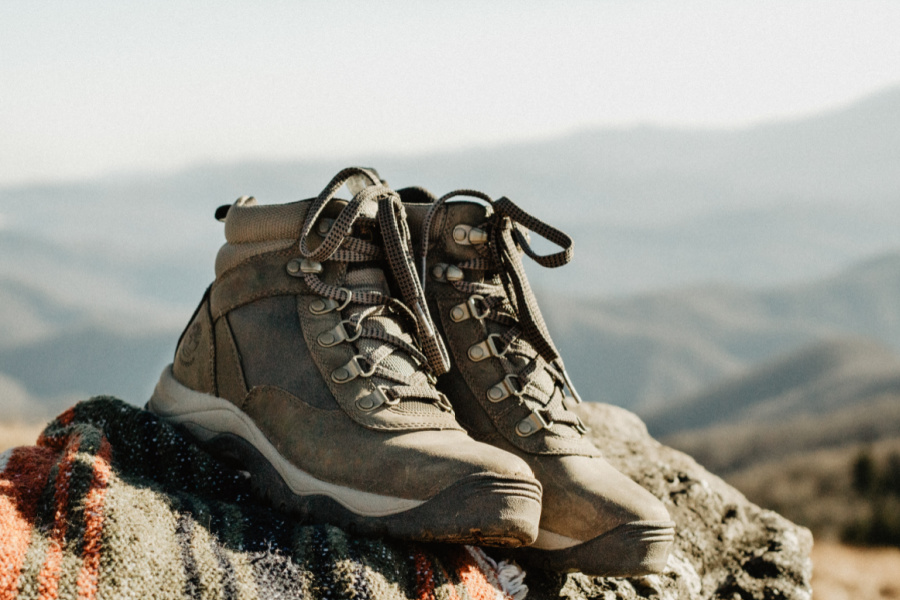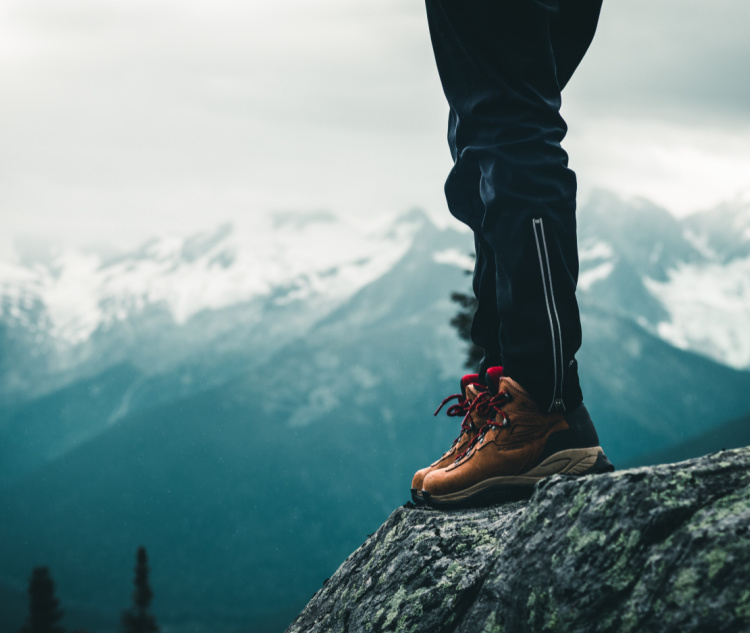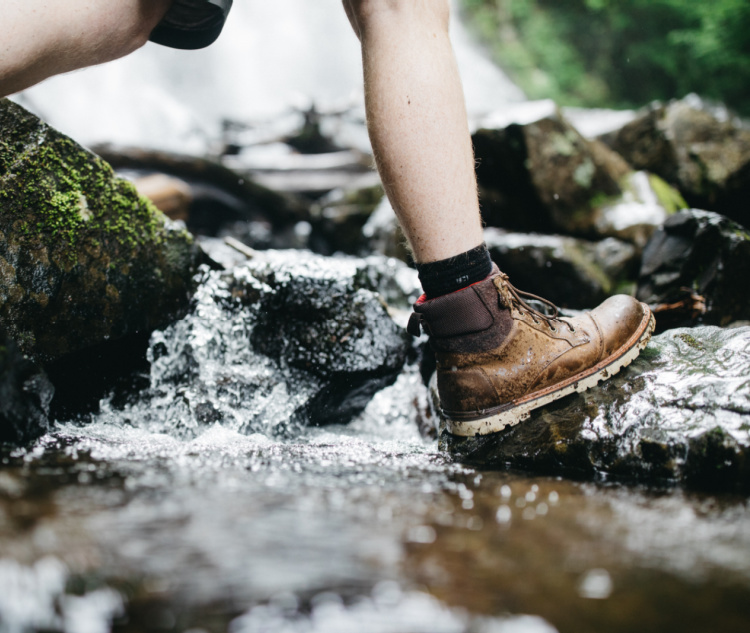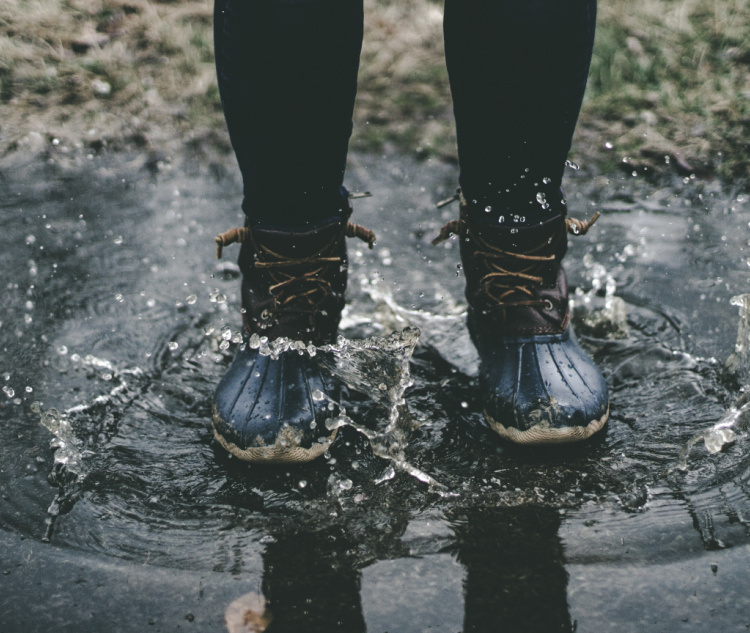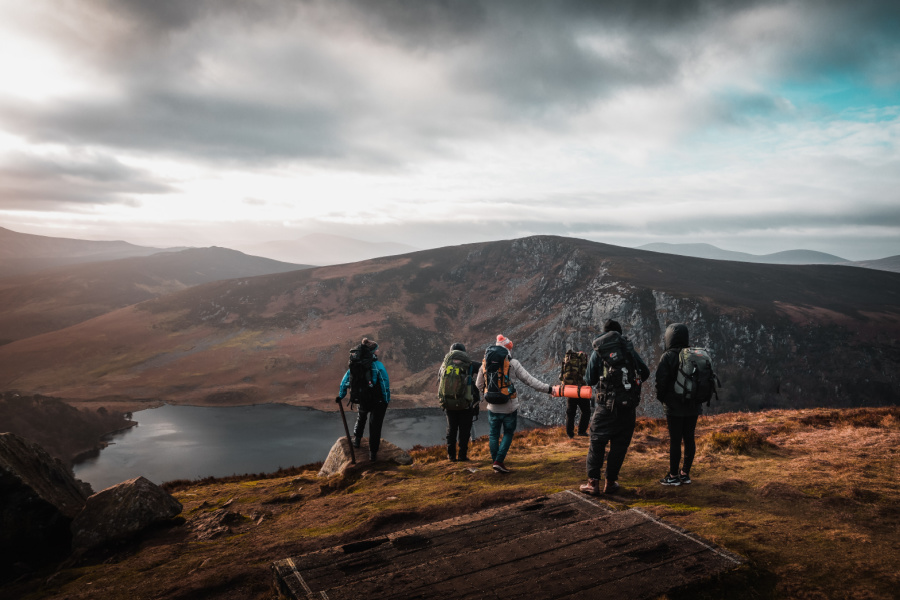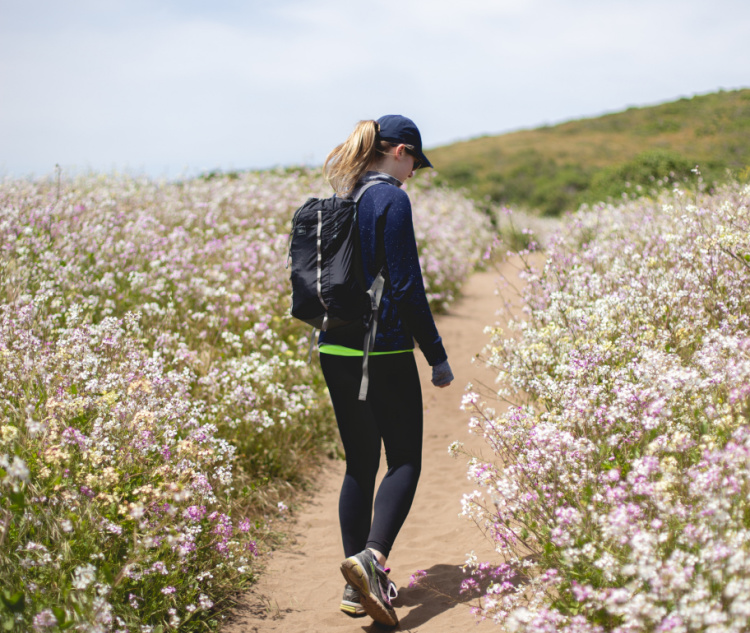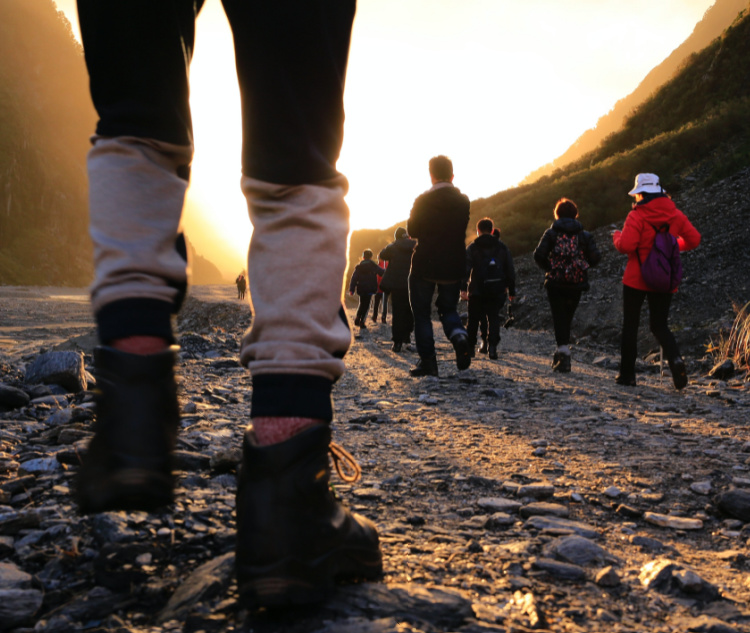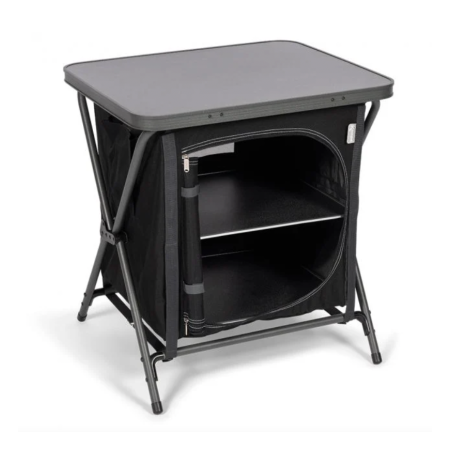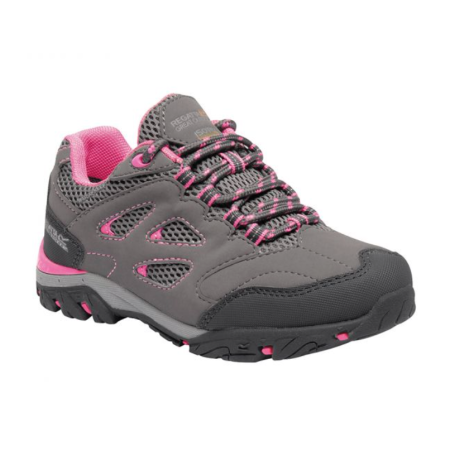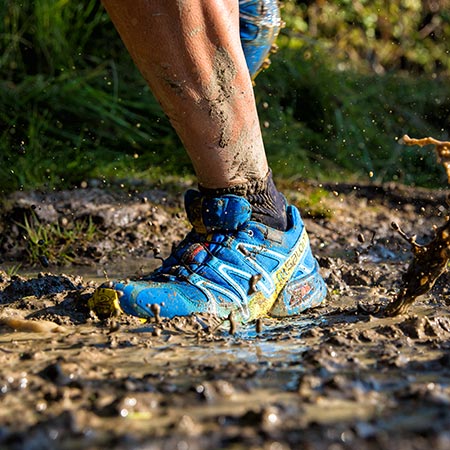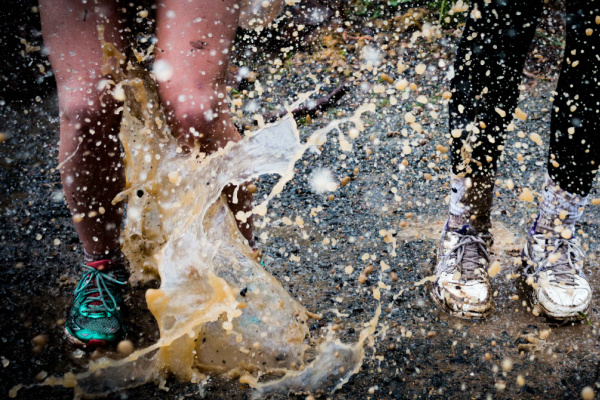Support and protection
Having adequate support is incredibly important when it comes to choosing the right walking footwear. Walking boots have much higher ankle support, often over-the-ankle, and are usually thicker, which can help guard against ankle twists and sprains, as well as cuts, scrapes, and bangs.
Boots also generally have stiffer soles that offer a bit more protection and support for the soles of your feet, which is particularly useful when the going gets rough and rocky. This will prevent bruising and strain to your feet, especially once your footwear starts to wear with time.
While walking shoes may have a thinner sole, offering less protection, if you choose wisely, you can have a shoe that is an excellent all-rounder that provides protection and support. When your trail gets tough, slowing down and taking greater care with foot placement is a small trade-off if walking, rather than rough-and-ready hiking, is your pursuit



